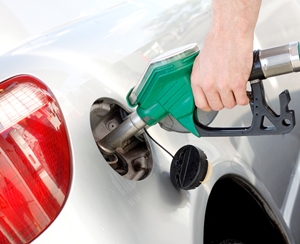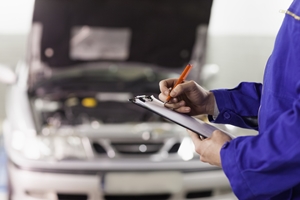
Looking for a new vehicle can be a difficult decision with the extensive amount of cars on the market, which is why determining which models sit apart from the rest can help you make the best choice. What were the best cars of 2013?
The Australian Automobile Association (AAA) has recently announced the winners of 2013’s Best Car Awards. Focusing on 15 categories, the awards assess cars according to safety criteria, affordability, and overall quality.
Chief executive of the AAA, Andrew McKellar, stated “the winning vehicles are the best of the best in their categories and perform consistently high in all assessment areas”.
This confirms that the awards look for functionality and safety features over appearance or luxury. In fact, cars must have a five star ANCAP rating or be eligible to gain one in order to be a winner in any category.
Among the winners are the Holden Commodore SV6, which won ‘Best Large Car under $60,000’, and the Volkswagon Golf GTI, which won ‘Best Sports Car under $50,000’.
Those looking for a nifty small vehicle to manoeuvre tight parking spaces could consider the cars that took out the ‘Best Small Car’ categories of ‘under $35,000’ and ‘over $35,000’. These were the Hyundai i30 Active and Audi A3 Sportback 1.4 TSFI COD, respectively.
The rising popularity of 4×4 Dual Cab Utes contributed to its inclusion as a category in the Best Car Awards for 2013, and was won by the Ford Ranger XL 3.2.
The only category not included in the awards in 2013 was the ‘Best People Mover’, as no cars were able to fit all the requirements needed to crown a winner.
Perhaps the ultimate winner of the awards is the car that receives the prestigious ‘judge’s choice’ award. This year, it went to the Mazda6 Touring, which also won the ‘Best Medium Car under $50,000’.
AAA’s Best Car Awards are a perfect way to discover a couple of models that could suit your requirements. Plenty of these outstanding vehicles would make fabulous additions to the garage – just don’t forget to invest in ctp insurance if you do decide to buy one!
 The Australian Automobile Association (AAA) is calling for a greater focus on infrastructure funding across the country, in the hope that it will support better roads in every state and territory.
The Australian Automobile Association (AAA) is calling for a greater focus on infrastructure funding across the country, in the hope that it will support better roads in every state and territory. Though it’s compulsory to obtain a CTP green slip for your vehicle, fewer NSW drivers may end up claiming under the scheme with road maintenance funding at an all-time high in 2013 to 2014.
Though it’s compulsory to obtain a CTP green slip for your vehicle, fewer NSW drivers may end up claiming under the scheme with road maintenance funding at an all-time high in 2013 to 2014. Have you ever found yourself pleased with a bargain offer of eight, 16 or even 40 cents per litre off your next fuel bill from your supermarket docket?
Have you ever found yourself pleased with a bargain offer of eight, 16 or even 40 cents per litre off your next fuel bill from your supermarket docket? Prevention is the best measure when it comes to road safety. This is why it’s essential to check your car every season to ensure it’s in effective working condition – don’t wait until you take it to the mechanic!
Prevention is the best measure when it comes to road safety. This is why it’s essential to check your car every season to ensure it’s in effective working condition – don’t wait until you take it to the mechanic!
 When searching for a new car, safety is often at the top of the list for Australians. Driving can be dangerous, so making sure your car is packed full of safety features is one of the best lines of defence in case of an accident.
When searching for a new car, safety is often at the top of the list for Australians. Driving can be dangerous, so making sure your car is packed full of safety features is one of the best lines of defence in case of an accident. There are certain responsibilities that come with owning and driving a car on the Australian roads. From obtaining a ctp green slip and registering your vehicle to ensuring you stick to the speed limit, owning a car is something that can’t be taken lightly.
There are certain responsibilities that come with owning and driving a car on the Australian roads. From obtaining a ctp green slip and registering your vehicle to ensuring you stick to the speed limit, owning a car is something that can’t be taken lightly.